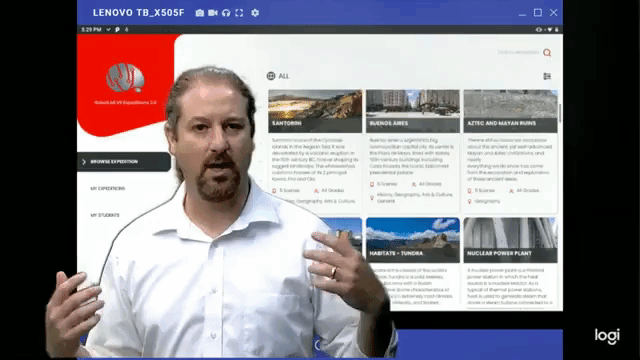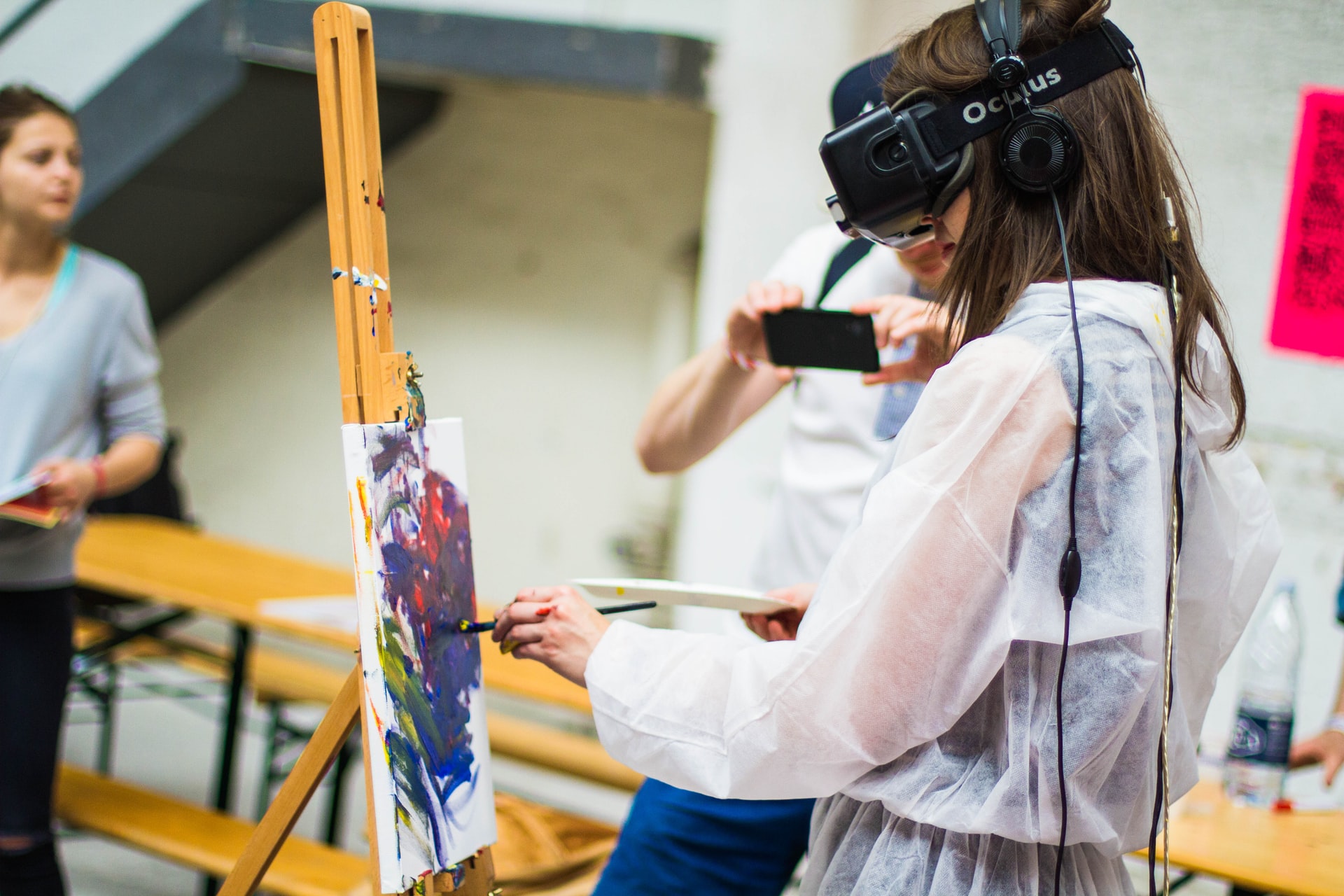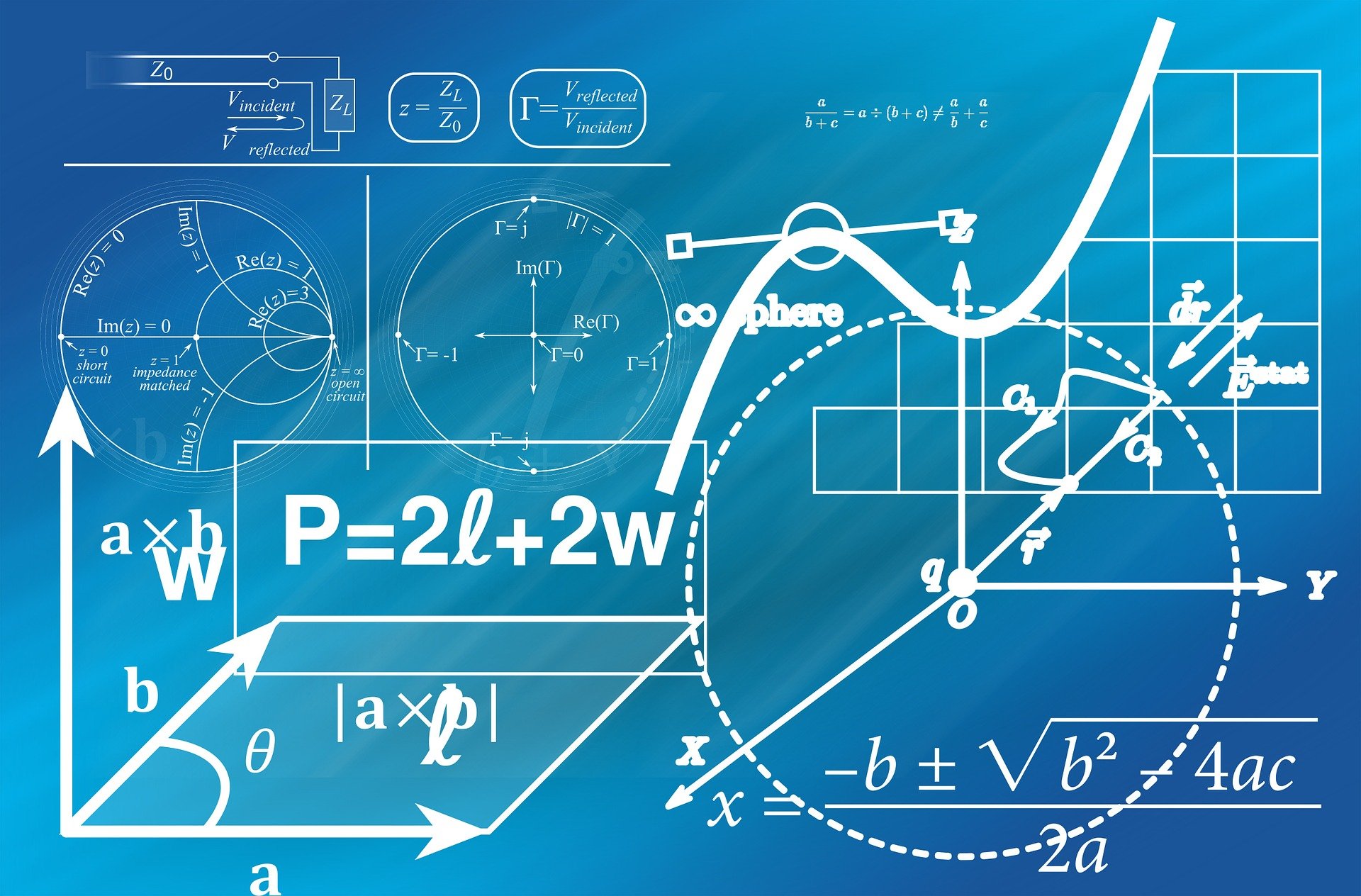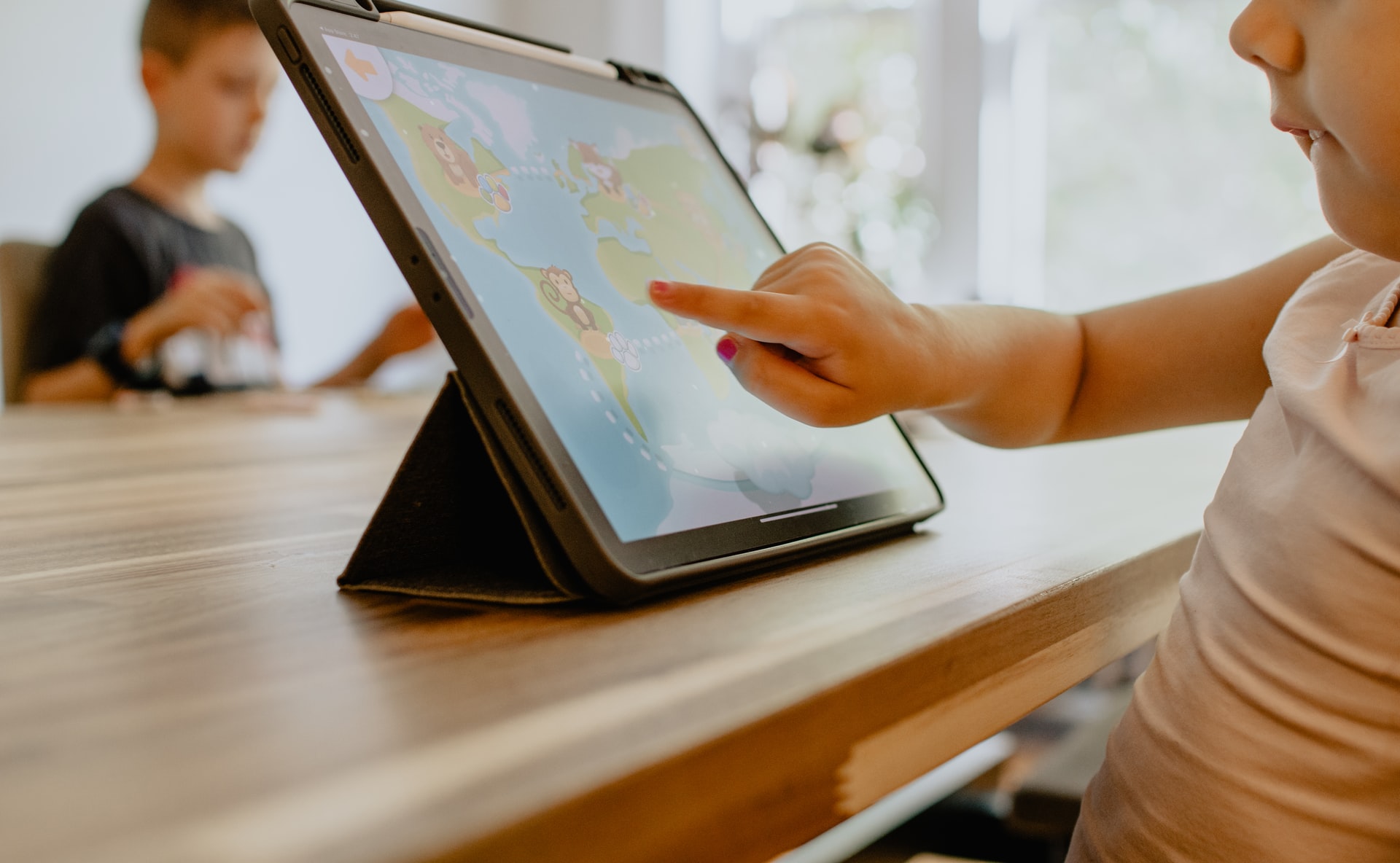IoT: future applications in K-12 and higher education
 Photo by Timothy Muza on Unsplash
Photo by Timothy Muza on Unsplash
The Internet of Things (IoT) is a network of interrelated physical objects connected through the internet, which has found several applications in the education world in recent years, from K-12 to higher education.
The purpose of this connection? To put it simply, to exchange and transfer data without requiring direct intervention. IoT has become an integral part of the innovation brought to schools by EdTech in recent years, and even though it is not as widespread as of now, it will soon find its way into more and more institutions in the upcoming years.
- 0 Comments
- Apr 1, 2021 10:00:00 AM
- Posted by Natalia Galvis
- Topics: Robotics, About the Robots, EdTech, STEM, Curriculum, teachers, students, Technology, VR, Realidad Virtual, Edchat, Digital Technology, teaching, online, Virtual Reality, lessons, eLearning, Automation, Expeditions 2.0
Poly by Google will be shutting down forever on June 30, 2021
This is a reminder that one month from today, on April 30, 2021, Poly by Google we’ll be shutting down the ability to upload models directly on the Poly website or via API.

- 0 Comments
- Mar 31, 2021 10:00:00 AM
- Posted by Natalia Galvis
- Topics: Robotics, About the Robots, EdTech, STEM, Curriculum, teachers, students, Technology, VR, Realidad Virtual, Edchat, Digital Technology, teaching, online, Virtual Reality, lessons, eLearning, Automation, Expeditions 2.0
Google Expedition Replacement from RobotLAB

Hello everyone. My name is Elad Inbar. I'm the CEO for RobotLAB. Today I'm going to talk to you about VR Expeditions, 2.0. As you probably heard, Google decided to discontinue Google expeditions. Somewhere mid-June, they will basically shut down their servers and we will lose access to all the expeditions and all the resources that they put together over the years. It's unfortunate, but that's their decision.
- 1 Comments
- Mar 29, 2021 10:00:00 AM
- Posted by Natalia Galvis
- Topics: Robotics, About the Robots, EdTech, STEM, Curriculum, teachers, students, Technology, VR, Realidad Virtual, Edchat, Digital Technology, teaching, online, Virtual Reality, lessons, eLearning, Automation, Expeditions 2.0
How to use VR for engaging art lessons
 Photo by Billetto Editorial on Unsplash
Photo by Billetto Editorial on Unsplash
Using VR to give students engaging art education experiences isn't complicated--check out these resources to get started.
- 0 Comments
- Mar 25, 2021 10:00:00 AM
- Posted by Natalia Galvis
- Topics: Robotics, About the Robots, EdTech, STEM, Curriculum, teachers, students, Technology, Edchat, Digital Technology, teaching, online, lessons, eLearning, Automation
5 ways edtech builds cross-curricular connections to STEM content
By Carrie Willis, Technology and STEAM Director, Valley Preparatory School
 Photo by Annie Spratt on Unsplash
Photo by Annie Spratt on Unsplash
There are a number of tech tools and resources to help educators weave STEM learning into all manner of core courses
- 0 Comments
- Mar 23, 2021 10:00:00 AM
- Posted by Natalia Galvis
- Topics: Robotics, About the Robots, EdTech, STEM, Curriculum, teachers, students, Technology, Edchat, Digital Technology, teaching, online, lessons, eLearning, Automation
3 Ways to Assess Math Understanding More Deeply
By Edutopia
 Image by Gerd Altmann from Pixabay
Image by Gerd Altmann from Pixabay
It's tempting to think of math assessments as routine, end-of-the-lesson checkups. Give students a quiz, grade it, and move on. But math assessments can, and should, do more.
- 0 Comments
- Mar 22, 2021 10:00:00 AM
- Posted by Natalia Galvis
- Topics: Robotics, About the Robots, EdTech, STEM, Curriculum, teachers, students, Technology, Edchat, Digital Technology, teaching, online, lessons, eLearning, Automation
5 Fun Education Grants and Contests for Schools

Photo by Fabian Blank on Unsplash
Education grants play a critical role in connecting students and schools with engaging educational experiences
- 0 Comments
- Mar 18, 2021 10:00:00 AM
- Posted by Natalia Galvis
- Topics: Robotics, About the Robots, EdTech, STEM, Curriculum, teachers, students, Technology, Edchat, Digital Technology, teaching, online, lessons, eLearning, Automation
Places to Find Simple Yet Actionable STEM Lesson Plans
By Devin Partida
 Photo by Jessica Lewis on Unsplash
Photo by Jessica Lewis on Unsplash
The STEM field is highly valued. Jobs in these areas help boost innovation and lead to progress in society, and they also pay quite well. However, teaching this curriculum to K-12 students can be a challenging task. Here’s how teachers can find simple yet effective STEM lesson plans to better engage their students and encourage them to enter this robust sector.
- 0 Comments
- Mar 17, 2021 10:00:00 AM
- Posted by Natalia Galvis
- Topics: Robotics, About the Robots, EdTech, STEM, Curriculum, teachers, students, Technology, Edchat, Digital Technology, teaching, online, lessons, eLearning, Automation
How to Use the 5Es in Remote Math Instruction
 Photo by Antoine Dautry on Unsplash
Photo by Antoine Dautry on Unsplash
A five-stage instructional model—engage, explore, explain, elaborate, and evaluate—can guide students to a deeper understanding of math.
- 0 Comments
- Mar 16, 2021 10:49:08 AM
- Posted by Natalia Galvis
- Topics: Robotics, About the Robots, EdTech, STEM, Curriculum, Special Education, teachers, autism, Coding, students, programming, Technology, VR, Realidad Virtual, Edchat, Digital Technology, teaching, online, Virtual Reality, lessons, eLearning, Automation
Hybrid Teaching Strategies for Elementary Classrooms
By Paula Díaz
 Photo by Kelly Sikkema on Unsplash
Photo by Kelly Sikkema on Unsplash
Some adaptations for hybrid classrooms, like digital manipulatives and instructional videos—will be worth keeping when all students are back in the room.
- 0 Comments
- Mar 11, 2021 10:00:00 AM
- Posted by Natalia Galvis
- Topics: Robotics, About the Robots, EdTech, STEM, Curriculum, Special Education, teachers, autism, Coding, students, programming, Technology, VR, Realidad Virtual, Edchat, Digital Technology, teaching, online, Virtual Reality, lessons, eLearning, Automation
Relevant Posts
Popular Posts
Subscribe to Email Updates
-
I Want To Learn MoreADDITIONAL INFORMATION


